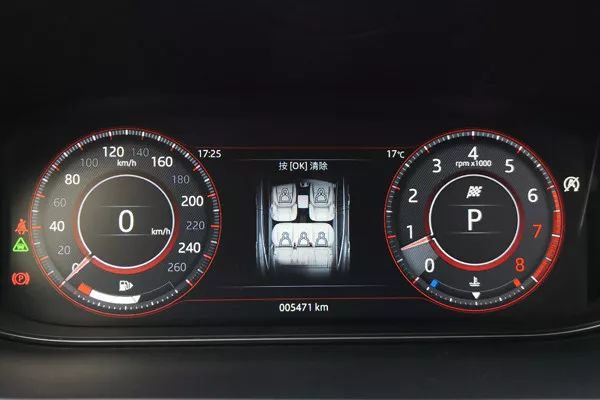Since 2011, Alxa has become the permanent venue for the Heroes Meeting, and the Alxa Tengger Desert has become a paradise for off-roaders. Every year during the National Day, a large number of new and old off-road enthusiasts gather here to spend an indulgent, willful, passionate and challenging event. Eleven holidays.
But under the splendor and surprise
The desert is the most dangerous off-road area
Especially for friends who are trying desert off-road for the first time
want to have fun
Experience the excitement and thrill of desert surfing for yourself
You have to get some new skills
Next, the old local driver will take you to understand the matters and driving skills that should be paid attention to in the desert off-road!
NO.1: An ace car that accompanies you on the battlefield

There are a lot of off-road vehicles that can enter the desert, but how to choose is very important.
The low-speed four-wheel drive four-wheel drive system is the first must-have option. Don’t have any illusions about the average city SUV, which will only struggle in the sand. As for whether it is manual or electronically controlled four-wheel drive, the impact is not much. In terms of actual usage, the manual four-wheel drive system with a transfer case is more reliable.
NO.2: Deflate the tires before departure
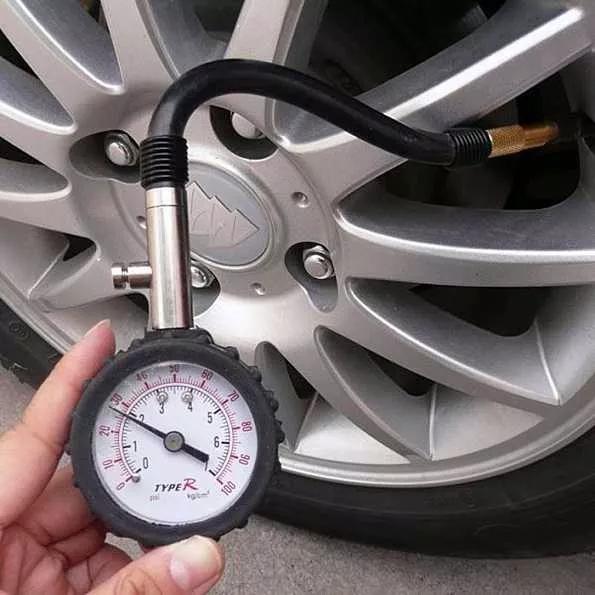
Before entering the desert, deflate the tires appropriately, and deflate the tire pressure to about 1.5 BAR, according to the nature of the tires. Deflation can increase the contact area between the tire and the ground, and lowering the air pressure can improve the passability of the vehicle in the desert.
NO.3: Pay attention to the start of the car
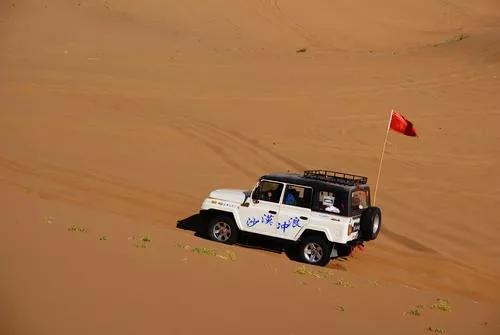
When starting, start slowly, refuel slowly according to the starting speed of the car, and gradually increase the speed of the car. If you increase the accelerator and loosen the clutch or start at a high speed, the car will sink into the sand, and even cause accidents such as clutch burning or half-shaft fractures.
If the vehicle starts in the desert, if it fails for the first time, don’t forcefully continue to start the second time, because the tires will be very easy to “dig holes”, so don’t scratch the sand with a large accelerator on the spot, so It will only get deeper and deeper.
Reminder: If you fail to start the first time, you should get out of the car and check decisively to see if you need to reverse the car, or dig out the sand that blocks the tires before continuing to start.
NO.4: There are skills in desert parking
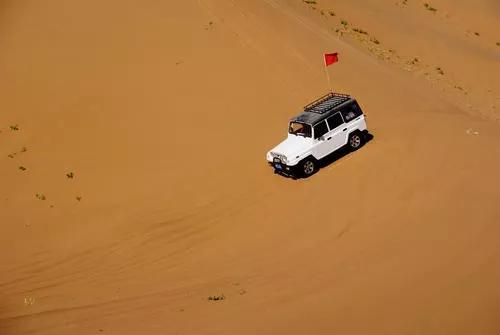
Stop and stop. When you need to stop while driving in the desert, the choice of parking position is very critical. When parking in the desert, you should try to find a slope and park the car with the front facing down.
Avoid braking hard, so as not to form a sand pile in front of the front wheel, affecting the start.
When parking on a sand dune, the front of the car must be facing the downhill direction, so that when the vehicle starts again, gravity can be used to make the start easier, and the car can go as soon as it is fueled.
If you park on an uphill position, then gravity will not help you at this time, making it more difficult for you to start, especially when the vehicle is not very powerful.
NO.5: Tips for following cars in the desert
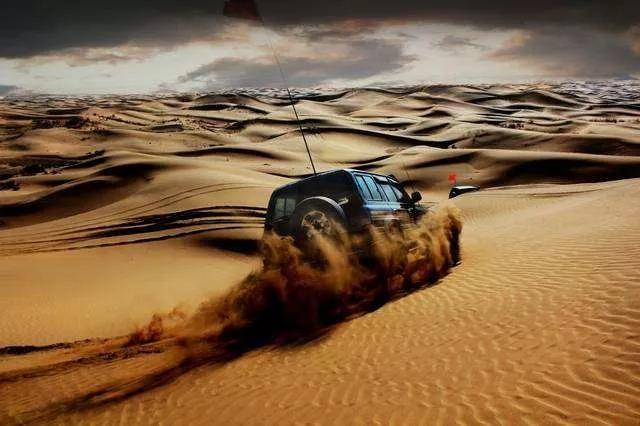
Follow far but not close When more than two vehicles are traveling in the desert, the following vehicle must maintain the relationship of “following far and not close” when following the preceding vehicle.
If the front car gets on a sand beam and stops to choose a route, if the rear car follows too closely, it will either be forced to stop on an uphill position, causing the car to get stuck.
Or more seriously, it will hit the front car because the sand beam blocks the line of sight, so it is better to keep at least one sand dune distance between the rear car and the front car, which is more conducive to driving safety in the desert.
NO.6: Tips for getting out of a car stuck in the desert
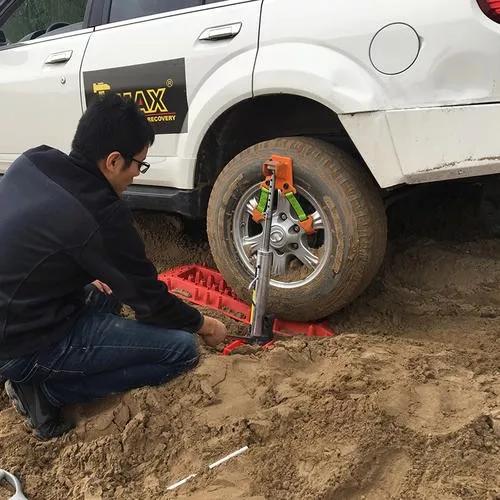
Driving in the desert would rather get stuck than destroy the car, and be calm when encountering a stuck car! When driving in the desert, if you encounter difficult terrain, you would rather get stuck in the car and stop to rescue it than force it through. The car can be rescued if the car is stuck, but it will be difficult to move if the car is damaged.
When the car is stuck, don’t give fuel too hard, it will only make the car sink deeper and deeper. Skid plates or stones can be used to pad under the tires. If you really can’t get out of trouble, you must call for rescue and let a professional rescue team carry out vehicle rescue.
NO.7: Other precautions for desert cross-country

In the desert, the coverage of mobile phone signals is very limited, especially when you go deep into the hinterland of the desert, the direction recognition is also very poor. You must have a local professional guide or prepare satellite phones, GPS and other tools just in case.
When the visibility is too low in a sandstorm or a foggy day, you must stay where you are and wait for the weather to improve or rescue, and you must not take a risky drive!
All of the above are essential common sense in desert off-roading!
Although desert off-roading is exciting and fun, it is also very dangerous. It is recommended that friends who try desert off-roading for the first time must make sufficient preparations and be accompanied by professional and experienced personnel. Safety is the most important thing!




